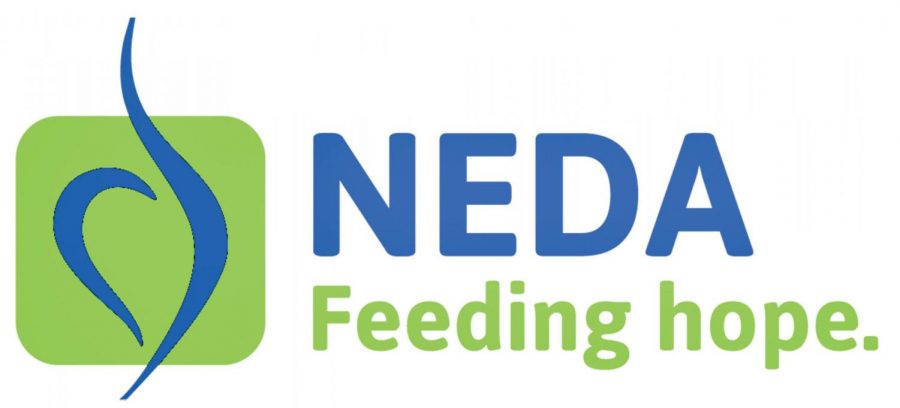Eating disorder awareness needed to shed light on difficult topic
Eating disorders affect all races and ethnic groups. Every 62 minutes, one person dies as a direct result of an eating disorder.
From Feb. 25 to March 3 this year, it was National Eating Disorder Awareness Week, a week that is so important but can sometimes get swept under the rug.
This particular week, known as NEDAwareness Week, is sponsored by the National Eating Disorders Association and happens yearly during the last week of February.
Eating disorders are defined as “…illnesses in which the people experience severe disturbances in their eating behaviors and related thoughts and emotions,” according to the American Psychiatric Association. They can range from anorexia nervosa to bulimia nervosa, among other kinds and variations.
Eating disorders affect many more people than one might think it does. Though the statistics are hard to verify, as many cases go unreported, it is estimated that almost 30 million people in the United States suffer from some form of an eating disorder.
More importantly, eating disorders have the highest amount of fatalities of any mental illness, with one person dying from them almost every hour. With these shocking statistics, you would think that eating disorders would be in a bigger spotlight.
Unfortunately, many people never get the help they need for various reasons. This type of illness is constantly shoved onto the back burner and is seen as a topic that one should be ashamed of.
Instead of being able to find resources, people tend to be brushed off as going through some sort of phase with their eating. Though it is classified as a mental illness, many people still think that acting out on an eating disorder is some sort of choice.
Eating disorders have also been shown to be hereditary and can be accidentally encouraged by family members who also unknowingly suffer from them. For example, if a parent shows signs of an eating disorder, their child is more likely to pick up these habits and suffer from the disease themselves.
Even when people are able to realize that they are suffering from the disorder, it is increasingly difficult for them to get the proper treatment and rehabilitation that they need.
It was reported by the New York Times that eating disorder treatment facilities can cost up to $30,000 a month on average. Many must also see a range of healthcare specialists almost every week, which can quickly rack up a large sum.
Sadly, most insurance companies do not cover treatments such as these, since they cannot adequately explain how best to treat them, as all cases require different things. The average person cannot afford these types of things, and as a result, often go untreated.
If eating disorders were more well known and researched, then insurance companies might be more inclined to start covering them. Having more information on them could also save countless lives, as people would be able to recognize the signs in themselves or in people around them.
Weeks like this are a necessity. It is no longer something we can just write off as another week to ignore.
For more information on eating disorders, please visit https://www.nationaleatingdisorders.org or call their toll free support number 1-800-931-2237.

Hi! My name is Sierra Rozen and I'm the Life and Arts editor. I'm a senior Communication major, with double minors in Journalism and Women's Studies. This...












